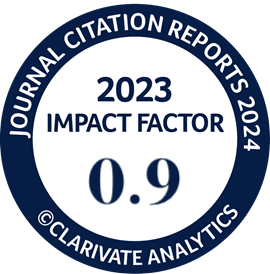Accounting of the Overburden Pressure on Analysis of Down-Hole Seismic Shear Wave Velocity
DOI:
https://doi.org/10.4186/ej.2025.29.6.1Keywords:
shear wave velocity, overburden pressure, down-hole seismic testAbstract
Shear wave velocities in soil reveal vital information to geotechnical engineers and their rates directly relate to effective stress conditions. Studies have extensively validated this dependency in theoretical models and laboratory tests but field measurements across different geographical regions require further exploration. This research analyzed seismic down-hole measurements across three Thai locations including Bangkok and the Maptaphut Industrial Estate and Chiang Mai province where the soils and geological landscapes differed substantially. The study evaluated four computational methods to calculate shear wave velocities including time-depth plot analysis and depth-time difference ratio and trigonometric distance-time difference approach and the virtual interface method that handles refraction effects at measurement depths. Traditional methods showed reduced capability to detect changes in overburden pressure because they produced sharp velocity fluctuations in shallow zones and at layer boundaries. The virtual interface method delivered superior velocity profile accuracy by integrating overburden pressure effects in the analysis. The site-specific logarithmic patterns between shear wave velocity and depth variations produced coefficients K and m that reflect soil composition and effective stress levels respectively. The studied regions exhibited contrasting parameters as Maptaphut sandy soils presented higher K values (100-160) and depth-dependent m values while Bangkok clay demonstrated K=12.52 and m=0.90. The trigonometric distance-time difference method stood out as an efficient computational method which minimized errors yet kept its applications straightforward.
Downloads
Downloads

Authors who publish with Engineering Journal agree to transfer all copyright rights in and to the above work to the Engineering Journal (EJ)'s Editorial Board so that EJ's Editorial Board shall have the right to publish the work for nonprofit use in any media or form. In return, authors retain: (1) all proprietary rights other than copyright; (2) re-use of all or part of the above paper in their other work; (3) right to reproduce or authorize others to reproduce the above paper for authors' personal use or for company use if the source and EJ's copyright notice is indicated, and if the reproduction is not made for the purpose of sale.








